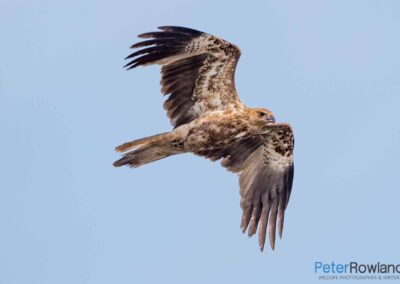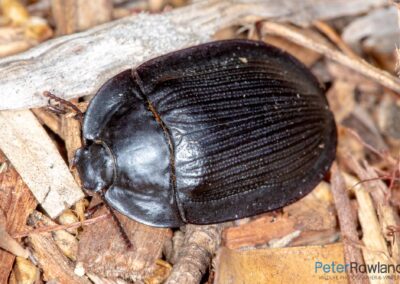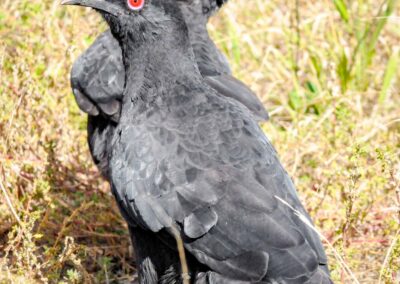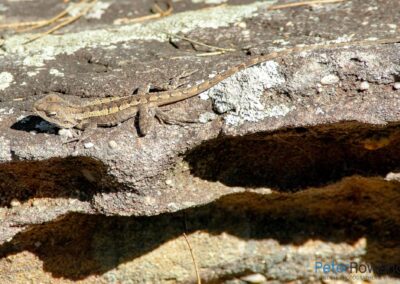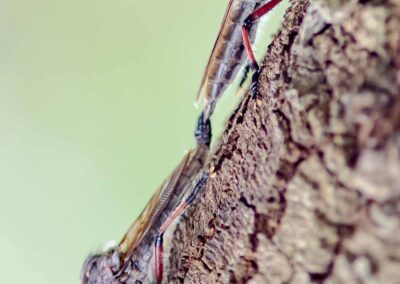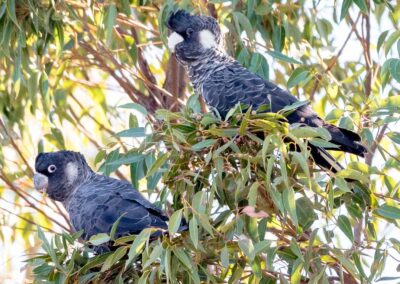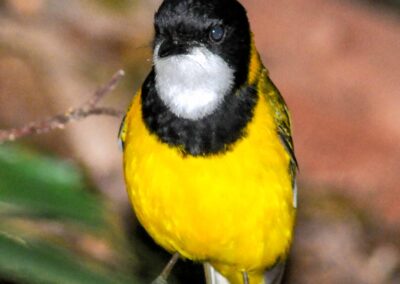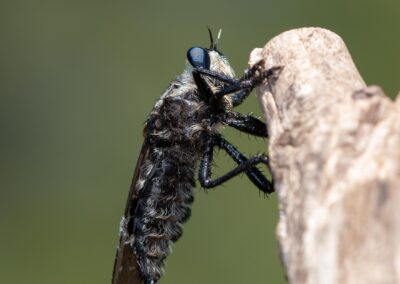Cockatiel

Scientific Name: Nymphicus hollandicus
Size: Total Length 30 to 33 cm
What does it look and sound like?
The Cockatiel is an unusual member of the cockatoo family. It is small in size, and has a slender body and long pointed tail, which is more characteristic of a parrot. Its plumage is mostly grey, paler below, with a white wing patch, orange cheeks and a distinctive crest. The male can be identified by its bright yellow forehead, face and crest. Young Cockatiels resemble the adult female, although the young males normally have a brighter yellow face.
Although mostly silent, the Cockatiel gives a long and distinctive “queel-queel” in flight.
Where is it found?
The Cockatiel is widespread throughout mainland Australia, but is uncommon in Tasmania, with only a few sightings being reported to date.
What are its habitats & habits?
It is usually seen in pairs or small flocks, in most types of open country, near water. It is common throughout its range, especially in the north and the more arid inland areas. Throughout its range the Cockatiel is strongly nomadic, moving around in response to the availability of food and water.
Cockatiels feed on a variety of grass seeds, nuts, berries and grain. Feeding may take place either on the ground or in trees, and always in small to large numbers. Cockatiels roost in trees near water and travel from these areas in large flocks to feeding grounds.
Cockatiels may breed at any time, in response to suitable periods of rain, especially in the more arid regions. In the south of their range, breeding is normally from July to December. Both sexes share the incubation of the 2 to 9 eggs (normally 5), which are laid in a hollow, high up in trees. Suitable trees are either in or close to water. The Cockatiel chicks hatch after 18 to 20 days and leave the nest after a further 30 days. Cockatiels enter the nest hollow tail first.
Interesting facts
The Cockatiel is not naturally found in any other country, but is a popular cage bird, second only to the Budgerigar, Melopsittacus undulatus.





